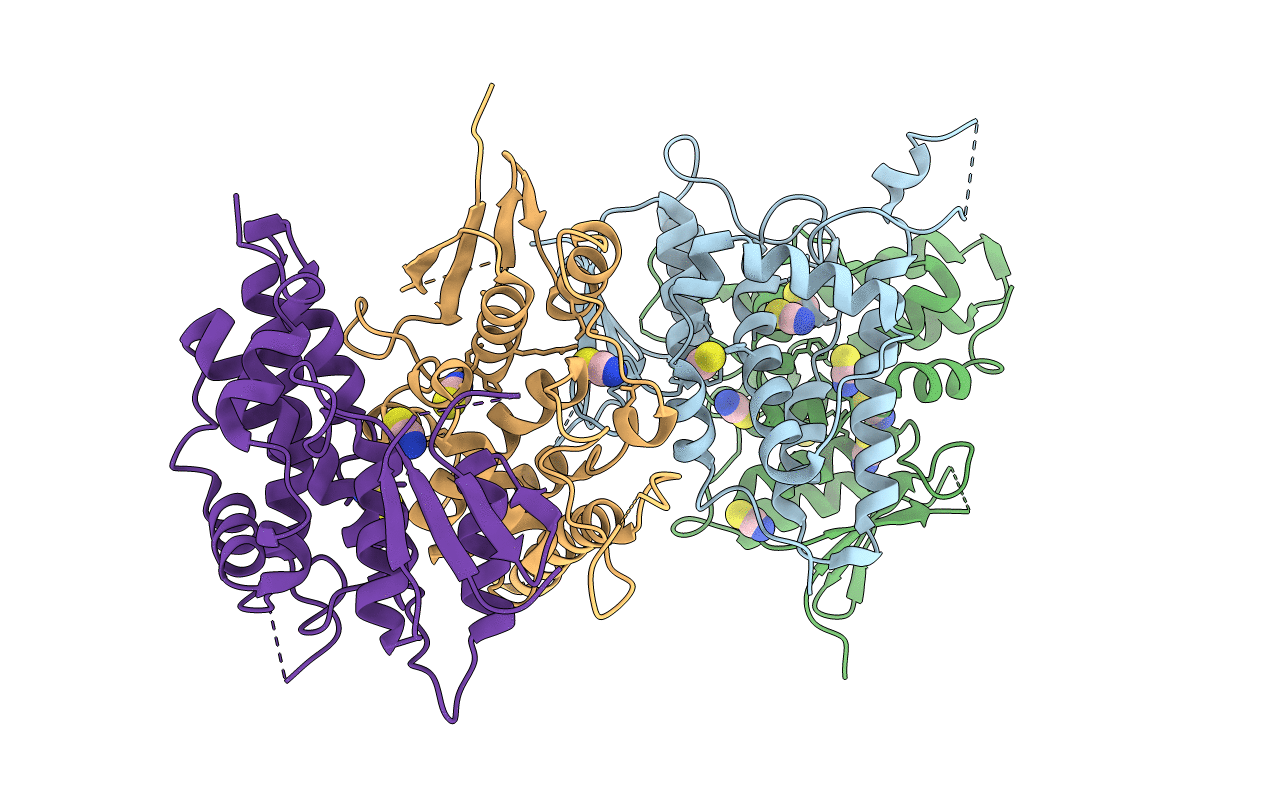
Deposition Date
2020-02-16
Release Date
2020-05-20
Last Version Date
2024-01-24
Entry Detail
PDB ID:
6Y2H
Keywords:
Title:
The crystal structure of human chloride intracellular channel protein 5
Biological Source:
Source Organism:
Homo sapiens (Taxon ID: 9606)
Host Organism:
Method Details:
Experimental Method:
Resolution:
2.15 Å
R-Value Free:
0.24
R-Value Work:
0.20
R-Value Observed:
0.20
Space Group:
C 1 2 1


